Meet US photographer whose lens captures Vietnam’s Son Doong Cave
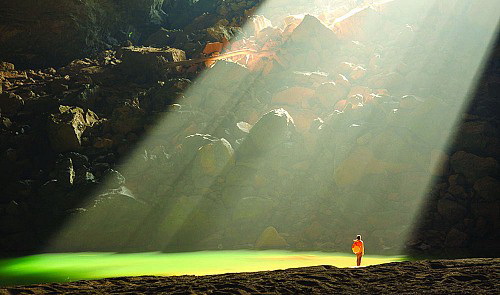
One of American photographer Ryan Deboodt’s gorgeous photos capturing the dazzling sunlight beam at Doline 1
inside Son Doong Cave, located in the central province of Quang Binh
Born in Nebraska, the U.S., Ryan Deboodt, 32, has slid seamlessly from a trained computer software engineer and amateur photographer to an internationally-renowned cave photographer.
His newfound fame came after his gorgeous collections of photos of such caves in Vietnam as Son Doong, En (Swallow), Va and Tu Lan were published.
Son Doong, En and Va are secluded in Phong Nha-Ke Bang National Park, which is located in the central province of Quang Binh and has been recognized twice by UNESCO, in 2009 and June 2015.
Meanwhile, Tu Lan Cave is nestled around 70 kilometers away from Phong Nha.
Deboodt was stunned by the spotlight, as only four years ago, he had not taken any photos of caves and had barely entered any grottos.
His photos, which capture Son Doong Cave at uncharted angles, have been published in the National Geographic, The Guardian, The Telegraph, Smithsonian Magazine, and magazines on international flights.
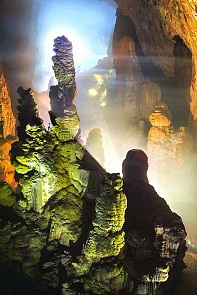
A photo of Son Doong Cave by Ryan Deboodt
Several of these publications, such as the National Geographic, had featured stunning photos of the cavernous wonder prior to their purchase of Deboodt’s shots.
Maria Stefanopoulos, production manager at American Broadcasting Company (ABC) News and a member of the Good Morning America crew who produced its first-ever live program on Son Doong in late May, admitted she dropped her nearly-complete plan to film Chile’s Marble Cathedral Cave after watching Deboodt’s six-minute video clip shot with a drone camera of the awe-inspiring Son Doong.
The Good Morning America cameramen entered the cave twice, but resorted to Deboodt’s time lapse, which captures a dazzling shaft of sunlight at Doline 1, as they failed to feature it.
Deboodt could not capture the beam either during his first entry into Son Doong Cave.
Only during his following visit did he realize that the shaft shines over Doline 1 for one hour, around 11:45 am every day.
During his third trip to Son Doong, Deboodt made meticulous calculations and lay in wait for the precious, fleeting moment.
“Seeing the brilliant beam pointed straight over Doline 1 was the most wondrous moment during my Son Doong photo shoots, and even in my whole life,” he said.
Chance meeting
Deboodt and his wife, Kelli, first visited Vietnam in late 2011, as she had business to do in Ho Chi Minh City.
He explored Phong Nha Grotto, also part of the Phong Nha-Ke Bang National Park in Quang Binh, and bumped into Nguyen Chau A, founder of Oxalis Co., which offers adventure tours to En, Tu Lan and Son Doong Caves.
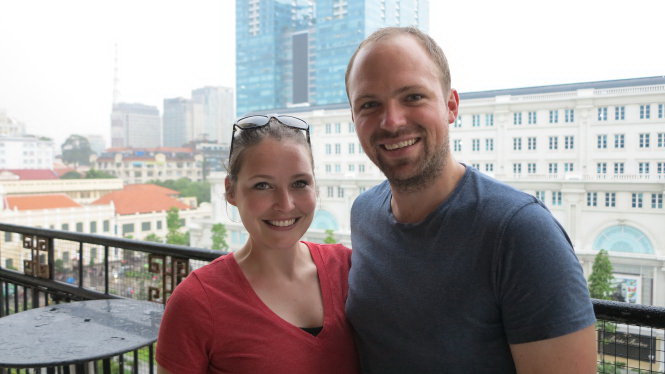
American photographer Ryan Deboodt (right) and his wife are pictured in Ho Chi Minh City. Photo: Tuoi Tre
A couple of months later, Chau A phoned him and asked him if he wanted to take a photography trek to Tu Lan Cave.
Deboodt cut short his honeymoon in Hoi An, located in the central province of Quang Nam, to travel to Quang Binh and satisfy his photo-taking indulgence in several other grottos there before depicting Son Doong.
With many photos of Son Doong published already, he discussed thoroughly with Howard and Deb Limbert and other scientists from the British Cave Research Association the topic of less-taken angles for his photo shoots.
The association members explored and put Son Doong on the world’s cave map.
During his third entry into Son Doong, Deboodt decided to depict the grotto’s resplendence from inside out with a Phantom 2 drone camera.
“At that moment, Deboodt was the third person to portray Son Doong with a drone camera, but his clip is the most striking and most watched,” British cave expert Howard Limbert said.
The filming was a time-consuming and costly process which hinged mostly on how to make use of light for the best shots.
The American photographer has so far visited Son Doong five times, and spent a total of 30 days inside the cave, with his third trip being the longest and most fruitful.
Deboodt revealed he brought around 45 flash bulbs along during each trip into Son Doong for the shoots, as it was almost impossible to exit for more kits once he was inside the cave.
A photo took him and his crew between 30 minutes and three hours to take.
Some photos cost him hundreds of U.S. dollars as several flashbulbs, which fetch around $15 apiece, were broken during the shoots.
His hard work has paid off, as these photos have earned him quite a lot ever since through copyright sales.
The cave enthusiast canceled his long-planned holiday to Germany with his wife last month to make another trek to Son Doong, which he considers his second home and ‘secret woman.’
Though he is currently living in Beijing, where his wife has worked for over a year now, Deboodt grasps every opportunity to return to Quang Binh.
“Quang Binh has so many more cavernous delights to offer, and I have a lot of work to do there,” he exclaimed.
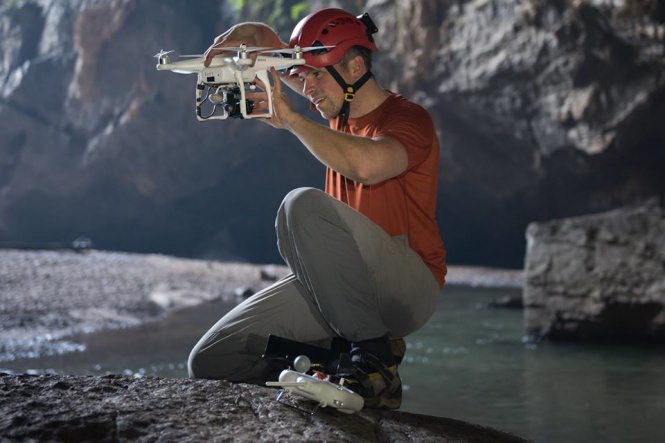
American photographer Ryan Deboodt is pictured operating a drone camera
during his second entry to Son Doong Cave. Photo:David Lloyd
Son Doong Cave was discovered by a local resident named Ho Khanh in 1991, and became famous after a group of scientists from the British Cave Research Association, headed by the Limberts, led the first expedition into the cave in 2009.
According to the Limberts, the largest chamber of Son Doong is more than five kilometers long, 200 meters high, and 150 meters wide.
With such large dimensions, Son Doong has overtaken Deer Cave in Malaysia to claim the title of the world's largest cave.
The wonder has enjoyed the global limelight after photos and clips of it were released on many prestigious travel and discovery programs.
One of the latest projects was a much-awaited, dizzying photo essay, “Fly through a colossal cave: Son Doong in 360°,” which was published on the website of National Geographic in late May.
What the stars mean:
★ Poor ★ ★ Promising ★★★ Good ★★★★ Very good ★★★★★ Exceptional
Latest News
More News
- Ba Ria-Vung Tau strengthens regional links to bolster tourism (November 04, 2024 | 10:00)
- Vietnam attracts growing interest from global travellers (October 28, 2024 | 17:59)
- Vietjet receives latest aircraft from Airbus in France (October 08, 2024 | 18:02)
- Telling travel stories through movies (October 08, 2024 | 14:00)
- South Korean tourists lead Vietnam’s tourism revival (October 08, 2024 | 11:49)
- Vietnam a golden land for golf tourism (October 08, 2024 | 11:41)
- Con Dao leads the way in circular tourism (October 08, 2024 | 08:00)
- Nestlé and VNAT announce new cooperation initiative (October 02, 2024 | 15:43)
- Hanoi recognises new city-level tourist areas (September 27, 2024 | 20:25)
- Hue to host 2025 National Tourism Year (September 19, 2024 | 15:13)




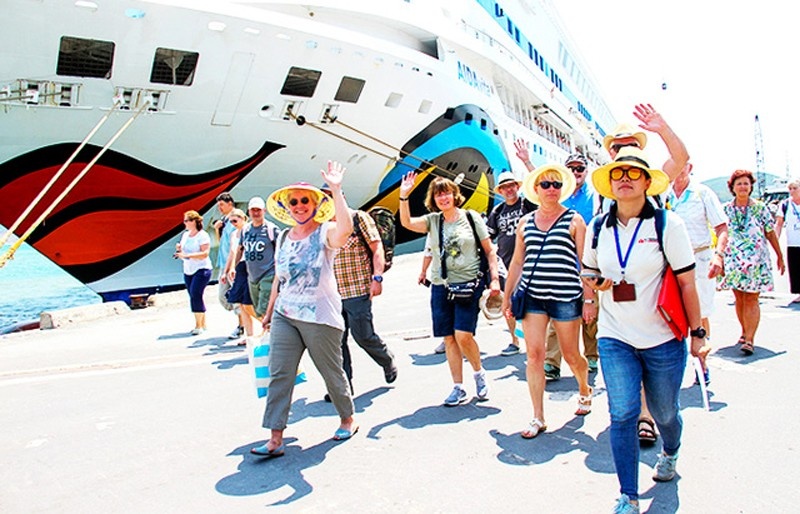
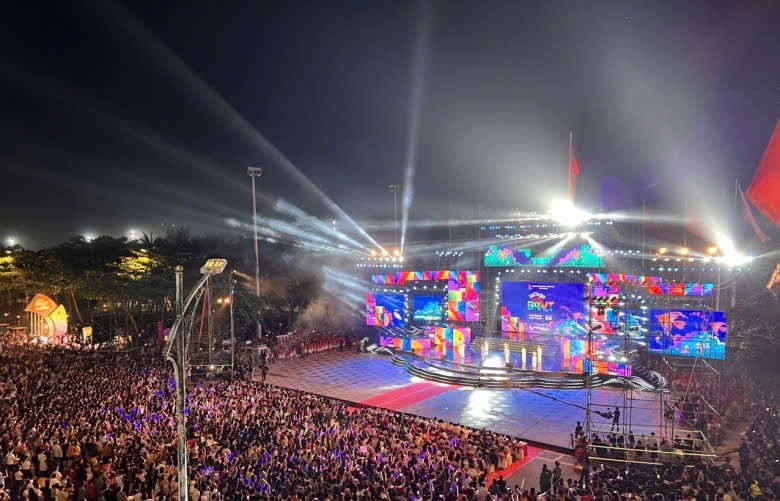

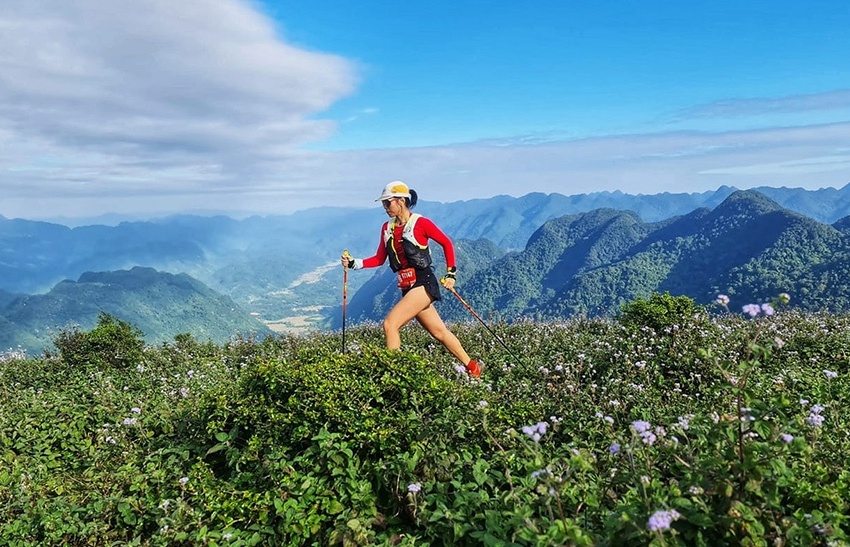
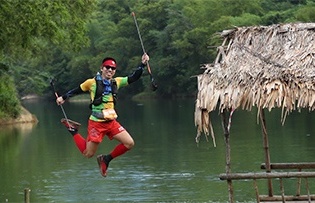
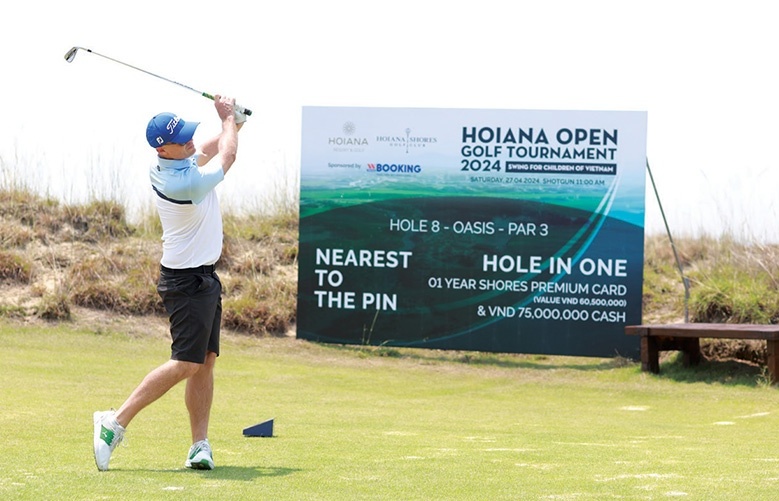










 Mobile Version
Mobile Version